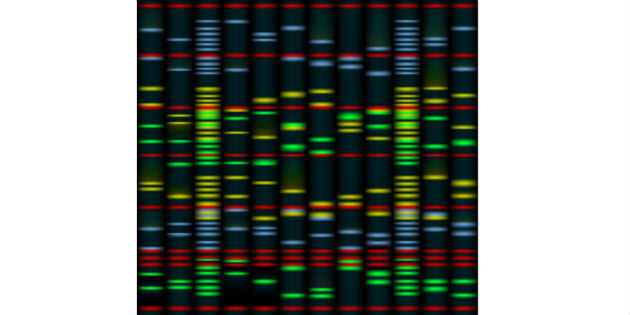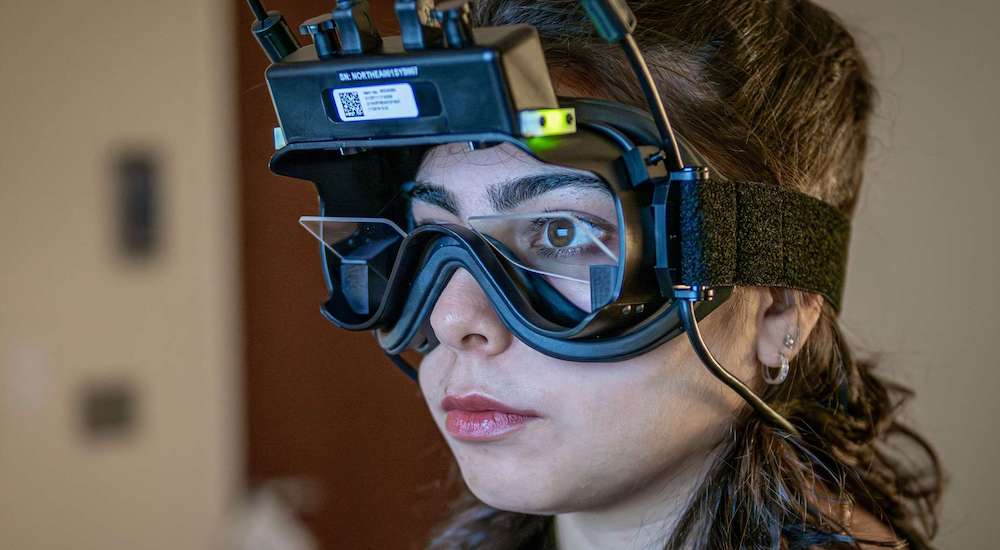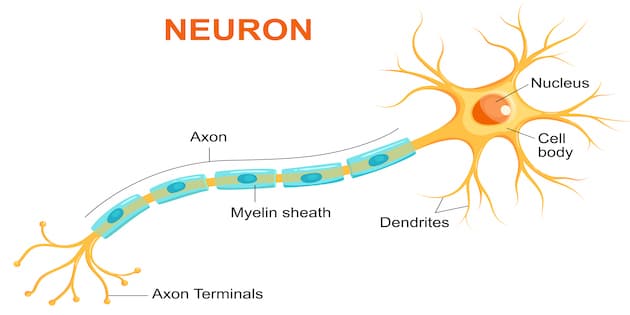Trojan horse gene delivery to repair congenital hearing loss
Report
Significant progress is being made in the area of the genetics underlying hearing loss. Researchers from MedUni Vienna’s Department of Ear, Nose and Throat Diseases have now succeeded in repairing a genetic defect in an animal model.

Perceptual processing relies on the senses but scientists believe that the senses alone are not necessarily sufficient to help us determine the exact state of the perceived reality. They suspect that resolving this intrinsic ambiguity is a crucial part of perceptual processing and may call on prior context to disambiguate sensory information.
To test this phenomenon in hearing, the researchers included between nine and ten self-reported normal-hearing listeners in five of their experiments, and one hundred unscreened listeners in one experiment. The team developed pairs of tones with ambiguous transitions between frequency components so that listeners were equally likely to report an upward or downward pitch shift between tones. It was found that presenting context tones before the ambiguous pair almost fully determined the direction of shift perceived by the study participants.
The results, published in Nature Communications in late April, provided “behavioural, neural and computational evidence showing that human auditory perception seamlessly binds prior context into current perceptual decisions, and that this influence is exerted over simple features over a wide range of sound parameters,” according to the authors. The article concludes that all the sounds we perceive imprint a predictive trace about the sounds that will follow.
Source: Science Daily; Medical University of Vienna; Landegger LD, et al. A synthetic AAV vector enables safe and efficient gene transfer to the mammalian inner ear. Nature Biotechnology. 2017 Mar;35(3):280-284.



